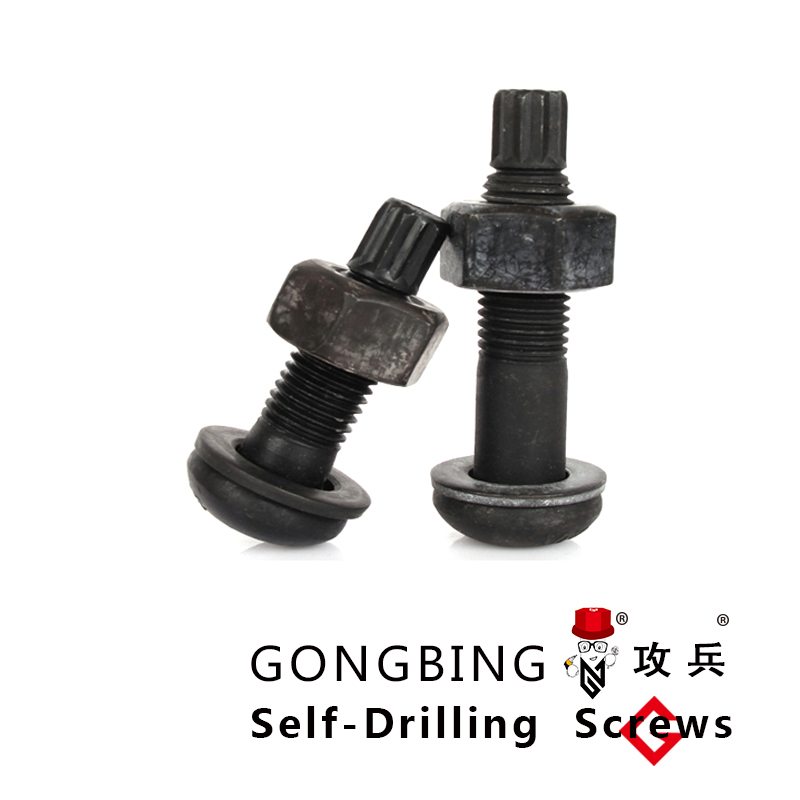Exploring the Impact of Chemical Fixing Anchors in Structural Applications
Chemical Fixing Anchors A Comprehensive Overview
Chemical fixing anchors, also known as chemical anchors or adhesive anchors, represent a significant advancement in the field of construction and materials engineering. These anchors serve as fastenings for a variety of applications, providing a high-strength connection for structural elements, while allowing for flexibility in terms of installation and design. Unlike traditional mechanical anchors, which utilize physical expansion or friction to secure themselves within a base material, chemical anchors rely on a chemical adhesive that bonds the anchor to the substrate. This article will explore the mechanisms, applications, advantages, and considerations of using chemical fixing anchors.
Mechanism of Action
Chemical fixing anchors consist of two main components the anchor itself and a resin or adhesive that is typically injected into a pre-drilled hole in the base material, such as concrete, masonry, or stone. Once the resin is injected, the anchor is inserted into the hole, and a chemical reaction occurs, curing the resin and creating a strong bond between the anchor and the surrounding material. This bond is fundamentally different from mechanical anchors, as it distributes loads across a larger surface area and is less prone to failure under shear stress.
Applications
The versatility of chemical fixing anchors allows for their use in diverse applications across various sectors. Common applications include
1. Structural Connections Chemical anchors are frequently used to secure elements such as beams, columns, and plates in construction projects, where strong load-bearing capacity is required.
2. Facade and Cladding Systems These anchors provide the necessary support for exterior fixtures and facades, ensuring that building aesthetics maintain their integrity against environmental factors.
3. Retrofitting and Repair In older buildings or structures requiring reinforcement, chemical anchors can effectively restore structural integrity, allowing for the addition of new elements without damaging existing ones.
4. Industrial Settings Chemical anchors are widely employed in the installation of machinery and equipment, where precise positioning and high load capacity are critical.
chemical fixing anchors

Advantages
Several advantages make chemical fixing anchors a preferred choice in construction and engineering
- Strength and Reliability The bond created by chemical adhesives often exceeds that of mechanical anchors, providing a reliable connection even in challenging conditions.
- Load Distribution These anchors distribute loads more evenly across the bonded area, reducing localized stress that can lead to failure.
- Reduced Vibration Sensitivity Chemical anchors can be less affected by vibrations compared to conventional anchors, making them suitable for dynamic environments.
- Versatility They can be used in various base materials, including those with lower density or irregular surfaces where traditional anchors may struggle.
- Ease of Installation Although they require a mixing process and curing time, chemical anchors are generally straightforward to install, reducing labor costs and increasing efficiency.
Considerations
Despite their many advantages, there are considerations to keep in mind when using chemical fixing anchors. The curing time can vary based on temperature and humidity, requiring careful planning to avoid delays. Additionally, the removal of chemical anchors can be more complicated than mechanical ones, as extraction may damage the surrounding substrate. Furthermore, it is essential to choose the correct adhesive type tailored to specific environmental conditions, such as moisture levels and temperature variations.
In conclusion, chemical fixing anchors provide a robust and reliable solution for modern construction challenges. Their unique bonding mechanisms, coupled with their versatility and strength, make them a crucial component in ensuring the safety and stability of structures. As construction demands continue to evolve, the adoption of innovative fastening solutions like chemical fixing anchors will undoubtedly play a central role in shaping the future of building practices.
-
Weatherproof Plastic Expansion Anchors for OutdoorTala FouJun.06,2025
-
Sustainability in the Supply Chain: Eco-Friendly TEK Screws ProductionTala FouJun.06,2025
-
Load-Bearing Capacity of External Insulation FixingsTala FouJun.06,2025
-
Double Head Bolts: Enhancing Efficiency in Industrial MachineryTala FouJun.06,2025
-
Corrosion Resistance in Chipboard Screws: Coatings for Wholesale DurabilityTala FouJun.06,2025
-
Butterfly Toggle Bolts : Enhancing Structural ResilienceTala FouJun.06,2025
